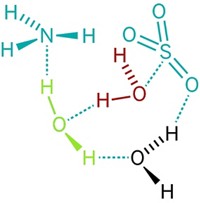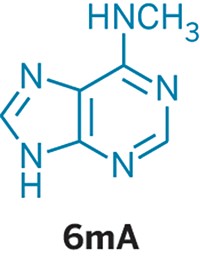Advertisement
Grab your lab coat. Let's get started
Welcome!
Welcome!
Create an account below to get 6 C&EN articles per month, receive newsletters and more - all free.
It seems this is your first time logging in online. Please enter the following information to continue.
As an ACS member you automatically get access to this site. All we need is few more details to create your reading experience.
Not you? Sign in with a different account.
Not you? Sign in with a different account.
ERROR 1
ERROR 1
ERROR 2
ERROR 2
ERROR 2
ERROR 2
ERROR 2
Password and Confirm password must match.
If you have an ACS member number, please enter it here so we can link this account to your membership. (optional)
ERROR 2
ACS values your privacy. By submitting your information, you are gaining access to C&EN and subscribing to our weekly newsletter. We use the information you provide to make your reading experience better, and we will never sell your data to third party members.
Environment
Fluid flow fosters prebiotic chemistry
Currents in mineral pore networks may have promoted enrichment of organic species on catalytic surfaces at hydrothermal vents
by Jyllian Kemsley
February 6, 2017
| A version of this story appeared in
Volume 95, Issue 6
When it comes to understanding the origins of life, scientists have already determined that biochemical building blocks—amino acids, nucleobases, and sugars—can form under early-Earth-like conditions. But figuring out how those simple species combined in a dilute solution to form complex macromolecules has been harder. A new study suggests a key role for fluid dynamics in microscale pore networks within mineral structures at hydrothermal vents (Proc. Natl. Acad. Sci. USA 2017, DOI: 10.1073/pnas.1612924114). A team led by Victor M. Ugaz at Texas A&M University studied a model system of pore-mimicking cylindrical cells using computational and experimental methods. They found that thermal gradients characteristic of alkaline hydrothermal vent systems result in chaotic fluid flow. That fluid flow transports organic molecules from the bulk fluid to catalytically active pore surfaces, where the species may adsorb and react. Simultaneously, the chaotic flow also provides bulk mixing that prevents localized depletion of chemical species, thereby ensuring a continuous supply of building blocks.







Join the conversation
Contact the reporter
Submit a Letter to the Editor for publication
Engage with us on Twitter